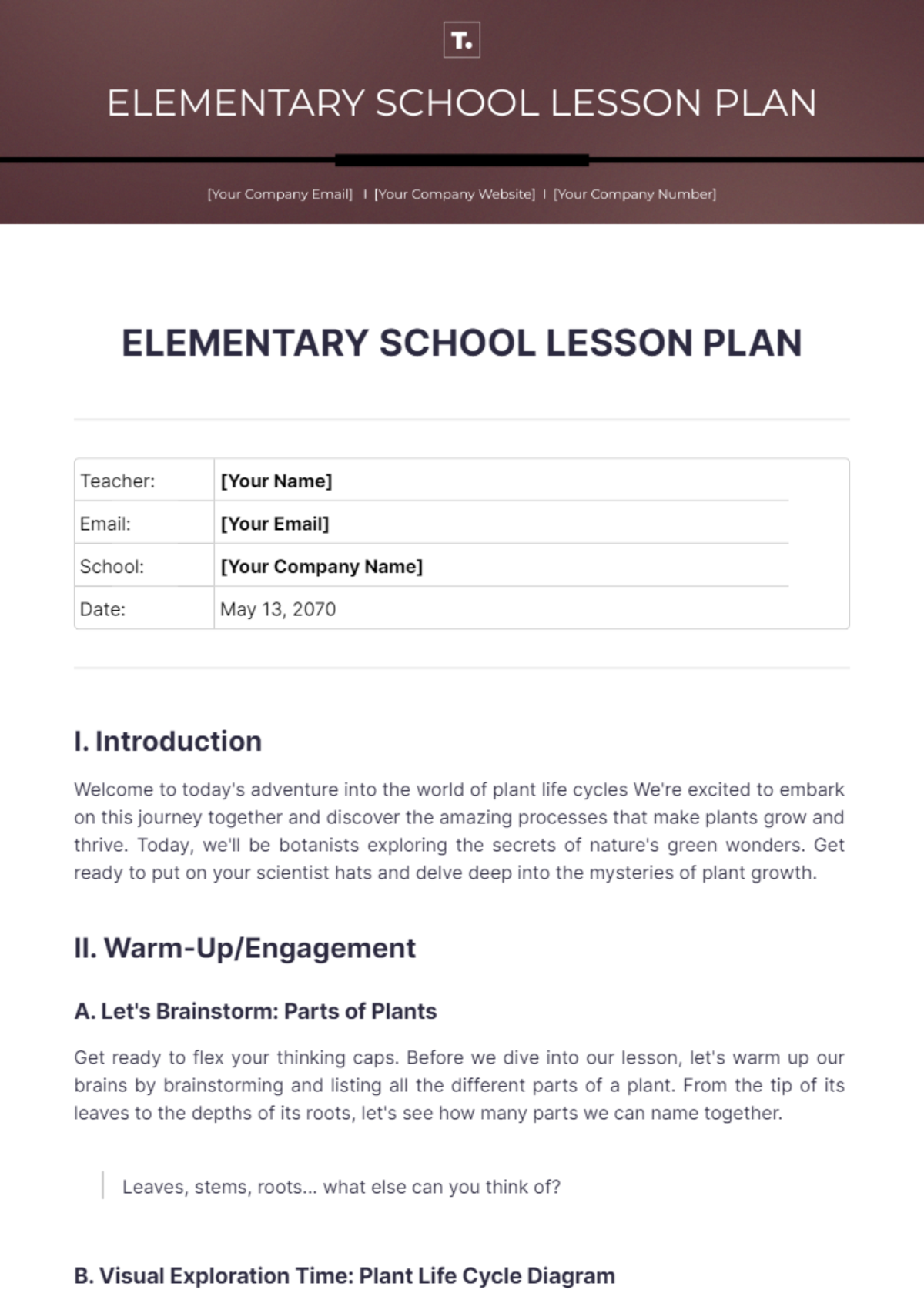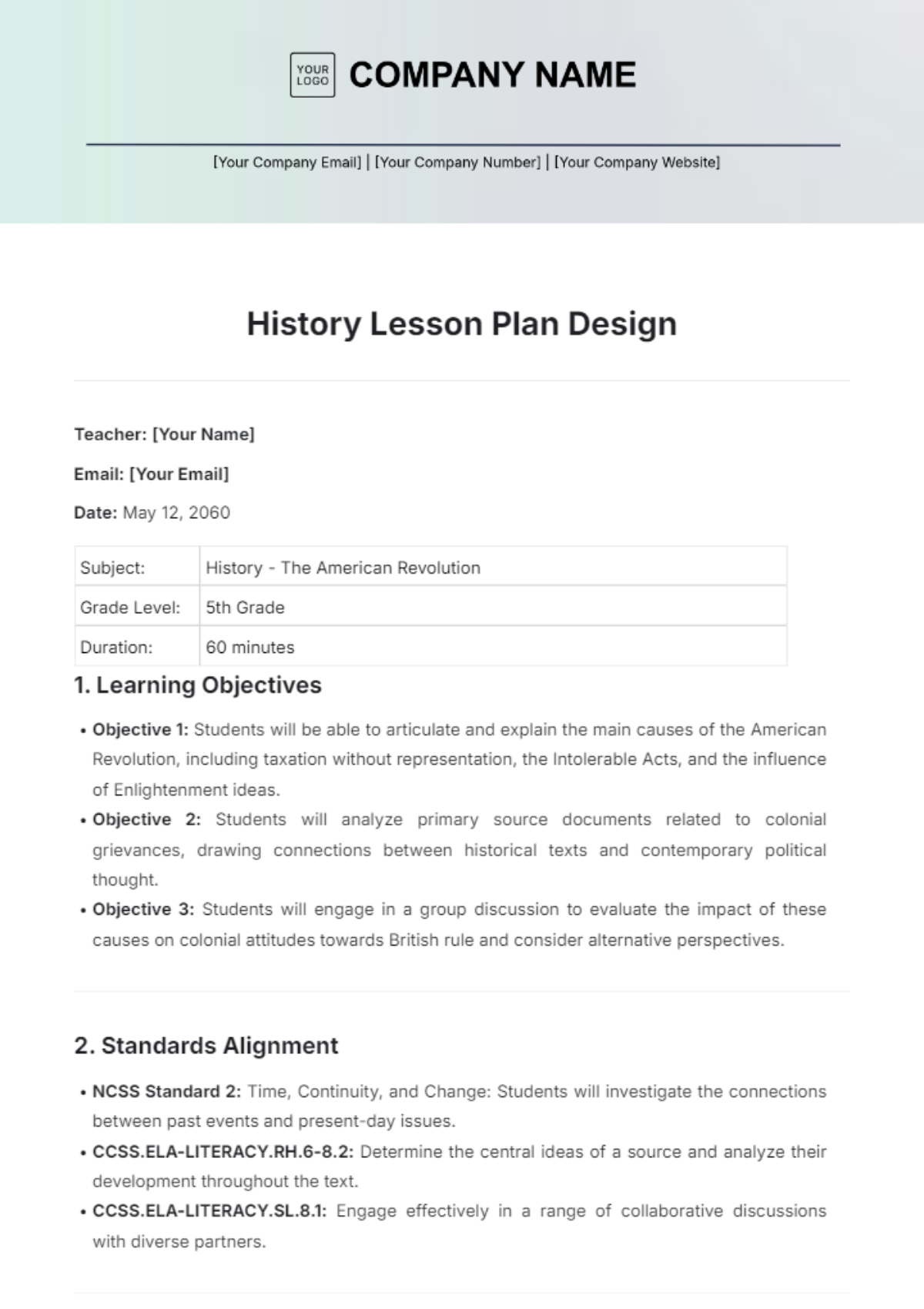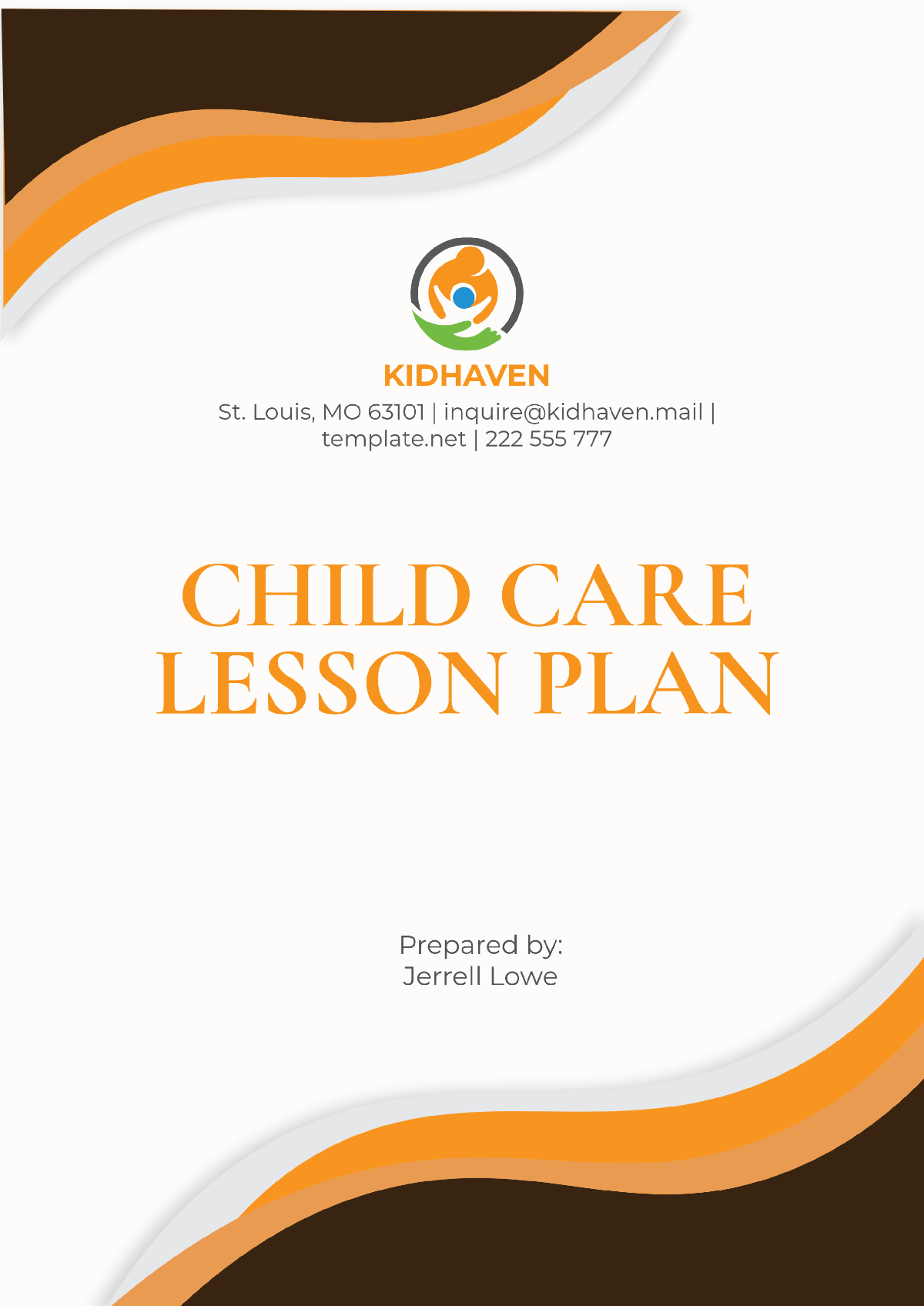Free Forest School Lesson Plan
Bring outdoor learning to life with the Forest School Lesson Plan Template from Template.net. This innovative and customizable template is perfect for planning lessons that take place in natural settings. Downloadable and printable, it supports a hands-on, experiential approach to education. Editable in our AI Editor Tool, it allows you to design engaging and educational outdoor experiences for your students.






























